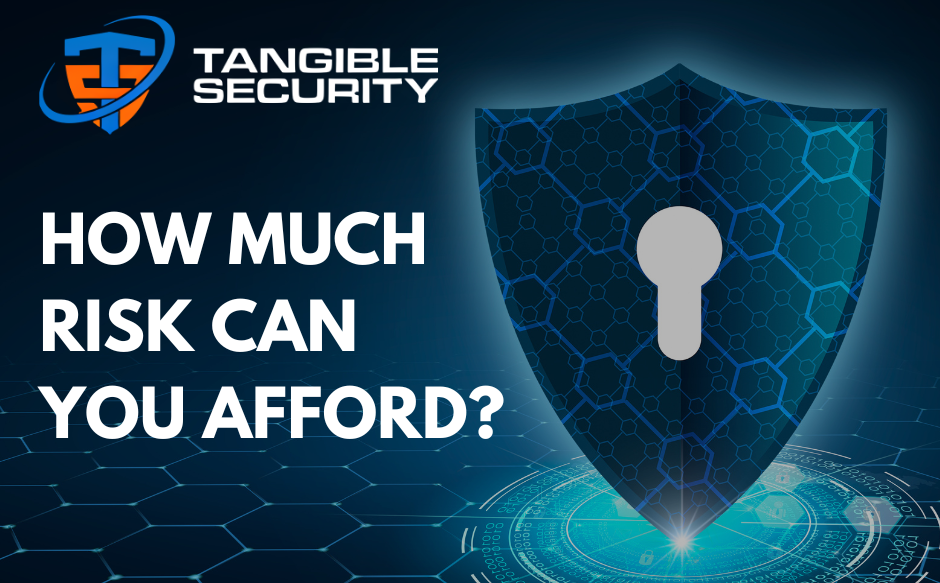The compliance burden on organizations is growing. The average cost of a security breach hit $4.88 million in 2024. Governments worldwide continue to draft new measures to protect the privacy of user data and wrangle the beast that is artificial intelligence. Requirements and standards are only getting harder for businesses to navigate. Whether it’s GDPR, CCPA, HIPAA, PCI DSS, or all the above, these regulations can quickly lead to massive lists of controls to implement and evidence to gather. The burden is particularly steep for smaller firms, as the U.S. Chamber of Commerce found on average, small businesses spend 200 hours and $11,700 per employee per year on compliance.
This is where continuous compliance comes in. Hiring even one compliance expert can be time-consuming and expensive, not to mention a full team. Working with a trusted provider to streamline and automate these processes puts experts in your hands for a fraction of the cost.
Continuous compliance combines the broad knowledge and experience of top professionals with best-of-breed tools to provide a comprehensive solution, covering the laws and regulations applicable to your organization. Using extensive automation capabilities, a continuous approach can assess the design and effectiveness of security controls, identify gaps, and remediate findings to ensure your organization is ready for its next audit.
The Power of Outsourcing
By partnering with a third party, organizations gain access to a wealth of expertise and resources that would be challenging and costly to maintain in-house. These outsourcers provide cybersecurity veterans who stay abreast of the latest regulatory changes, emerging threats, and industry best practices. This knowledge is then tailored to your specific business needs, ensuring that your compliance program is both comprehensive and relevant.
This approach also allows for a broader view of your organization’s security posture. Expert teams can identify interdependencies between different regulatory requirements, streamlining efforts and reducing redundancy. This strategic view can reveal optimizations otherwise missed in siloed environments.
Automation: The Key to Continuous Compliance
A key component of continuous compliance is advanced automation tools. These tools transform what was once a manual, point-in-time process into a dynamic, ongoing assessment. Automated systems actively monitor your IT infrastructure, applications, and data flows, providing real-time insights – not just a rapidly outdated snapshot.
This automation extends to evidence collection, an often-dreaded aspect of managing a compliance program. With the right tools in place, evidence from all necessary systems is gathered as often as needed and with minimal effort. This not only saves time but ensures that when audit time comes, you’re not scrambling to collect months of data.
These systems are also designed to alert stakeholders of compliance deviations as soon as they occur. This rapid response allows issues to be addressed promptly, before they escalate into a significant problem or violation.
Beyond Checkbox Compliance
Continuous compliance goes beyond simply checking boxes. It’s about building a security culture throughout the organization. A continual approach to Governance, Risk, and Compliance (GRC) recognizes that security cannot be achieved through piecemeal efforts, but through continual processes and decisions made at all levels of the organization.
By working with an experienced provider, organizations develop comprehensive security policies and procedures that not only meet regulatory requirements but also align tightly with business objectives. These policies are then translated into practical, day-to-day actions that employees understand and implement.
In addition, this approach fosters an anticipatory mindset. Instead of viewing compliance as a burden, organizations come to see it as a core part of their operations. This perspective shift leads to improved efficiency, reduced risk, and enhanced trust. By integrating security and compliance across all business aspects, from product development to customer service, organizations can create a competitive advantage that goes far beyond avoiding fines.
Proactive Risk Management
Another important element of continuous compliance is its proactive approach to risk management. Instead of reacting to issues when they occur, organizations anticipate and mitigate potential risks before they materialize through regular risk assessments, vulnerability scanning, and threat modeling. By constantly evaluating the threat landscape and your organization’s risk profile, compliance experts can help you prioritize your security efforts and allocate resources where they’ll have the greatest impact.
This proactive stance must extend to your supply chain. With increasingly complex business ecosystems, validating the compliance of third parties is crucial. Continuous compliance services should include vendor risk management capabilities, helping you to assess and monitor your entire supply chain.
Continuous Improvement and Adaptation
In the realm of compliance and security, stagnation is not an option. Continuous compliance embraces constant improvement, evolving to meet both new challenges and technologies. This keeps your compliance program effective in the face of changing regulations, business environments, and threat landscapes.
Regular assessments and feedback loops are built into the continuous compliance process. These allow organizations to learn from past experiences, identify areas for improvement, and refine their strategies over time. Whether it’s fine-tuning monitoring systems, updating risk assessment methodologies, or revising incident response procedures, the goal is to enhance the effectiveness of the program.
This culture of improvement extends beyond regulatory requirements. It drives innovation in security practices, encourages the adoption of cutting-edge technologies, and promotes a forward-thinking approach to risk management. In this way, continuous compliance doesn’t just help organizations keep pace with the evolving compliance landscape – it positions them to lead the way in creating more secure and resilient business operations.
Continuous compliance offers a powerful solution for organizations grappling with the complexities of today’s regulatory environment. By partnering with compliance experts and leveraging advanced automation tools, businesses can reduce their compliance risk and enhance their security posture. This proactive, culture-driven approach to compliance can transform what was once seen as a necessary burden into a strategic advantage, positioning your organization for success even as regulations pile on and the threats continue to grow.



Recent Comments